Cigar Review: Villiger TAA Exclusive Toro
22 Jul 2020
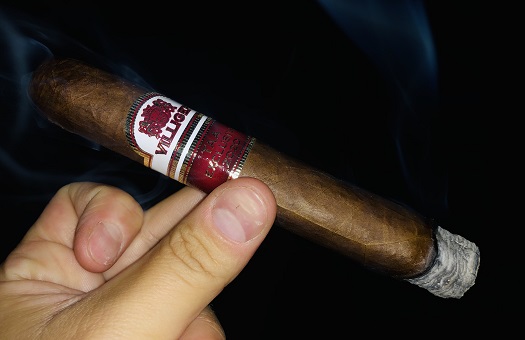
In early March, we learned Villiger Cigars had, for the first time in the company’s history, created an exclusive cigar for members of the Tobacconists’ Association of America (TAA). As you may recall, TAA is made up of approximately 80 retailers and 40 manufacturers, and it aims to “maximize professionalism and success†through training and sharing best practices.
 You can locate a TAA shop near you here. When you arrive, ask about their selection of TAA Exclusive smokes. In addition to Villiger, the lineup in 2020 includes brands like A.J. Fernandez, Crowned Heads, E.P. Carrillo, J.C. Newman, La Flor Dominicana, La Palina, My Father, Tatuaje, and more.
You can locate a TAA shop near you here. When you arrive, ask about their selection of TAA Exclusive smokes. In addition to Villiger, the lineup in 2020 includes brands like A.J. Fernandez, Crowned Heads, E.P. Carrillo, J.C. Newman, La Flor Dominicana, La Palina, My Father, Tatuaje, and more.
Participating in the TAA Exclusive initiative is only the latest in a series of moves by Villiger in to step up its premium cigar game. For quite some time, the Switzerland-based company had been known almost exclusively as a purveyor of machine-made cigars. In recent years, though, Villiger has introduced several premium handmade cigar lines out of its North American headquarters in Miami, including La Flor de Ynclan, 1888, San’Doro, La Vencedora, and La Meridiana.
For this limited 2020 TAA release, Villiger joined forces with cigar icon Ernesto Perez-Carrillo and his Tabacalera La Alianza S.A. factory in the Dominican Republic. The blend calls for an Ecuadorian Sumatra wrapper, a Nicaraguan binder, and filler tobaccos from Nicaragua and the Dominican Republic. Only 500 boxes of 20 cigars were made (total production of 10,000) in a single, box-pressed Toro (6 x 54) format. The MSRP is $9.
The Villiger TAA Exclusive Toro officially shipped about a week ago. I sampled two for this review, both provided by Villiger. This cigar has a slightly mottled, milk chocolate-colored wrapper with a reddish hue. The single ring (it looks like a double-banded cigar, but it’s all one ring) of maroon, gold, and white clearly sets it apart from the rest of the Villiger portfolio. The pre-light aroma at the foot is sweet and earthy, and the cap clips cleanly to reveal a moderate cold draw with a bit of meatiness on the palate.
These days, so many cigars start with a “blast of pepper.†This one does not. It introduces itself with a classic-tasting, medium-bodied profile with flavors of leather and a warm tobacco sweetness. The texture is bready. Background notes help make the overall impression a harmonious, well-rounded one. They include green raisin, oak, and a bit of cayenne.
I had anticipated some changes along the way, but the Toro rides out the introductory profile from start to finish. As it does, the physical properties leave little to be desired. The sturdy, gray ash holds well off the foot, the burn is straight, the smoke production is generous, and the draw is clear.
I don’t like to deduct points from a cigar whose only real fault is an unchanging—albeit tasty—flavor. That said, I wish I had the ability to try this in a smaller corona format; this thick toro doesn’t necessarily overstay its welcome, but I’d be lying if I didn’t say my interest starts to wane in the final third.
I am still strongly recommending this cigar in the only format we have. The harmonious, classic flavor coupled with outstanding construction is more than enough to justify the $9 cost. Hiring Ernesto Perez-Carrillo to make you a cigar is never a bad idea, and this one scores four stogies out of five in my book.

[To read more StogieGuys.com cigar reviews, please click here.]
photo credit: Stogie Guys

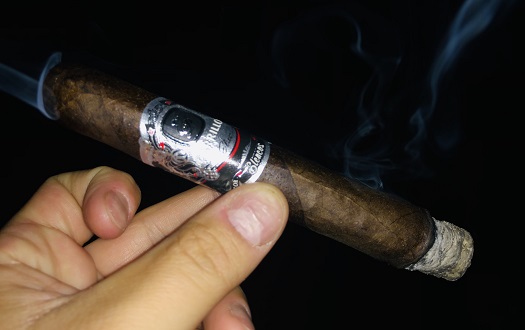
 Today I am reviewing one of the cigars from the sampler: the Elencos Elites. The Elencos line was launched in 2011, about two years after Ernesto Perez-Carrillo ended his nine-year tenure with General Cigar to establish his own family-operated boutique. At the outset, this three-vitola line had the same blend as the E.P. Carrillo Edición Limitada 2010, and its production was likewise limited by the availability of the requisite tobaccos.
Today I am reviewing one of the cigars from the sampler: the Elencos Elites. The Elencos line was launched in 2011, about two years after Ernesto Perez-Carrillo ended his nine-year tenure with General Cigar to establish his own family-operated boutique. At the outset, this three-vitola line had the same blend as the E.P. Carrillo Edición Limitada 2010, and its production was likewise limited by the availability of the requisite tobaccos.
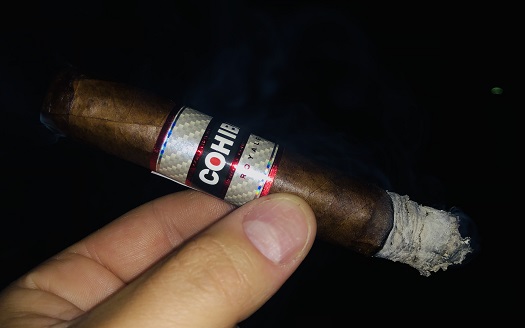
 This April, General Cigar announced a new Cohiba line that (as far as pricing is concerned) throws caution to the wind. Cohiba Royale—dubbed the “fullest-bodied Cohiba expression to dateâ€â€”is an ultra-premium offering that retails for $24-$29 per cigar.
This April, General Cigar announced a new Cohiba line that (as far as pricing is concerned) throws caution to the wind. Cohiba Royale—dubbed the “fullest-bodied Cohiba expression to dateâ€â€”is an ultra-premium offering that retails for $24-$29 per cigar.
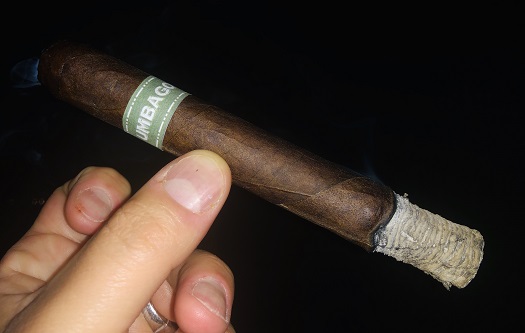
 As you may recall, Umbagog (“oom-bah-gogâ€) was announced in the summer of 2016, along with a flurry of other new releases across the industry. (At that time, cigar makers, brand owners, blenders, and factories had been frantically scrambling to meet the August 8 deadline set forth by the FDA; cigars introduced after August 8 would have had to go through the FDA approval process before being sold or marketed). Saka called Umbagog an “extreme value-priced ten-count bundle†using a Broadleaf wrapper that didn’t visually make the grade for his more expensive Broadleaf cigar,
As you may recall, Umbagog (“oom-bah-gogâ€) was announced in the summer of 2016, along with a flurry of other new releases across the industry. (At that time, cigar makers, brand owners, blenders, and factories had been frantically scrambling to meet the August 8 deadline set forth by the FDA; cigars introduced after August 8 would have had to go through the FDA approval process before being sold or marketed). Saka called Umbagog an “extreme value-priced ten-count bundle†using a Broadleaf wrapper that didn’t visually make the grade for his more expensive Broadleaf cigar, 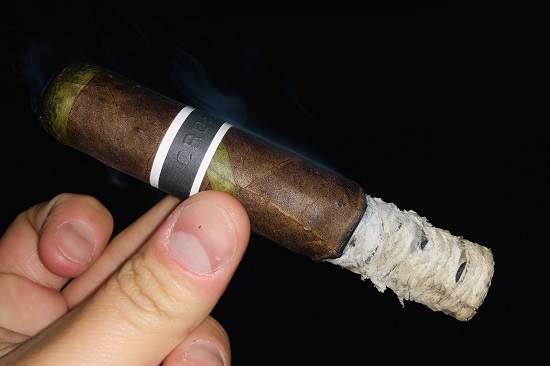
 In an exchange with Danny Vazquez, RoMa’s sales director for North America, I learned there were about 60 boxes made in that inaugural year. In 2018 the release grew to 100 boxes. And while there were none made in 2019, 2020 production is about 200 boxes. While that’s double the number from 2018, “this limited edition is being released slower because of COVID restrictions, but after it’s done they are gone for the year,†says Vazquez.
In an exchange with Danny Vazquez, RoMa’s sales director for North America, I learned there were about 60 boxes made in that inaugural year. In 2018 the release grew to 100 boxes. And while there were none made in 2019, 2020 production is about 200 boxes. While that’s double the number from 2018, “this limited edition is being released slower because of COVID restrictions, but after it’s done they are gone for the year,†says Vazquez.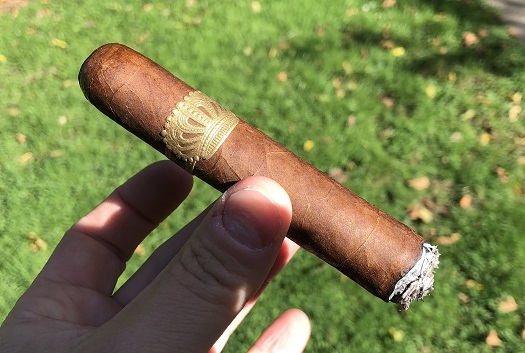
 But when I think Dunbarton, I think Sobremesa. Sobremesa was announced in July 2015 to almost instant excitement as the first line from Saka’s new independent cigar operation. It marked the culmination of a two-year non-compete agreement Saka had with his former employer, Drew Estate. Seemingly everyone was clamoring to see how the man who played a critical role in growing Drew Estate into a Nicaraguan juggernaut would fare in his first solo foray.
But when I think Dunbarton, I think Sobremesa. Sobremesa was announced in July 2015 to almost instant excitement as the first line from Saka’s new independent cigar operation. It marked the culmination of a two-year non-compete agreement Saka had with his former employer, Drew Estate. Seemingly everyone was clamoring to see how the man who played a critical role in growing Drew Estate into a Nicaraguan juggernaut would fare in his first solo foray.
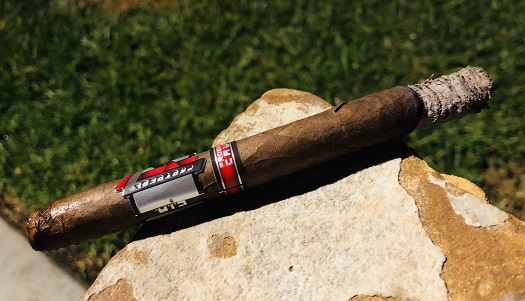
 Yet, according to his (often hilarious) Facebook posts, seemingly daily he is at some exotic locale with a wide, toothy, bearded grin. He might be shirtless. He might be with some “internet famous†cigar babe well-known for her bikini-laden Instagram page. He might be dressed as Santa Claus. Wherever he is, and whatever he’s doing, the two constants seem to be (1) a smile as exaggerated as the day is long and (2) a Cubariqueño cigar.
Yet, according to his (often hilarious) Facebook posts, seemingly daily he is at some exotic locale with a wide, toothy, bearded grin. He might be shirtless. He might be with some “internet famous†cigar babe well-known for her bikini-laden Instagram page. He might be dressed as Santa Claus. Wherever he is, and whatever he’s doing, the two constants seem to be (1) a smile as exaggerated as the day is long and (2) a Cubariqueño cigar. Patrick Ashby
Co-Founder & Editor in Chief
Patrick Ashby
Co-Founder & Editor in Chief Patrick Semmens
Co-Founder & Publisher
Patrick Semmens
Co-Founder & Publisher George Edmonson
Tampa Bureau Chief
George Edmonson
Tampa Bureau Chief